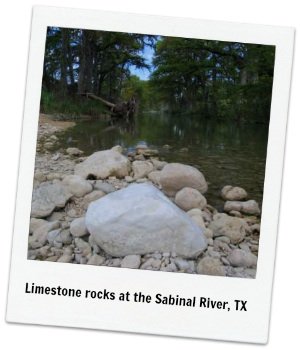Ready to take an abstract concept into a fun-filled hands on science activity? Rocks and minerals for kids lets students be geologists by exploring candy!
Give a kid a box of different types of rocks and minerals, and they are completely entertained for hours – if you give them the right activities.
Minerals are inorganic, are naturally occurring, and have specific repeating patterns of atoms. Minerals are the building blocks of rocks.
A rock can be made up of one or more minerals, and can be classified as:
- Igneous: form from magma either in the Earth (granite) or on the Earth’s surface (pumice)
- Sedimentary: form from accumulation and compaction of sediment; these are layered rocks such as sandstone. Gypsum is also sedimentary but it forms by precipitation from solution
- Metamorphic: form when preexisting rocks change due to extreme temperatures and pressure within the earth (i.e. limestone becomes marble)
Observation and classification are two very important skills for budding scientists to become proficient in. But jumping right into the different types of rocks and minerals is tough – give them a couple of lessons they will be more excited about!
These two science lessons will get your students engaged, thinking critically and you will love them too.
Classifying Rocks
This activity comes from the book Assessments for the Science Process Skills of Inquiry by Karen Ostlund. It is available, but usually at science conferences. One option is to get is through Amazon as a used book, and it is well worth it (it should only be around $20 or so).
You can easily make your own sheet for this rocks and minerals for kids activity though.
Give the students an assortment of rocks. I love the Toysmith Rock Science Kit as they are inexpensive, labeled and hold up well.
I have 5 sets in my classroom. That way the kids can be in manageable groups. The only thing I tell them when I hand out the rocks is to observe them – talk about the similarities and differences, discuss how they feel, look at the color variations and definitely do not lick them (I teach second grade so we have to be very clear on these things!).
After 10 minutes of exploration, I ask the students to describe their rocks to me and we chart the words they use. I then ask them to sort their rocks into two groups by whichever criteria they wish.
I then hand out their worksheet and the children trace the rocks in each box and color them to match the actual specimen. After sorting their rocks, the students answer the questions about how they are alike and different, using the words we charted on the board.
Each activity comes with a rubric, which makes it super easy to grade, but also keeps it fair since we are working on specific inquiry skills.
But it gets even better with this lesson: Difference Between Rocks and Minerals. Warning: Your students will only like this is they love M&Ms;, Jelly Beans and chocolate chips.
